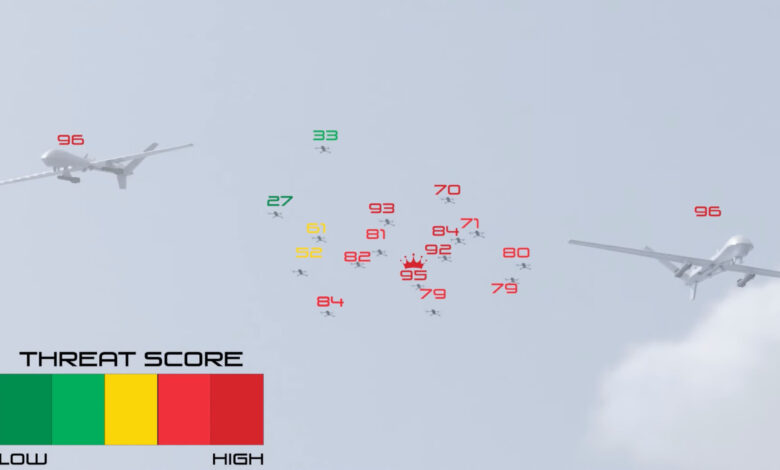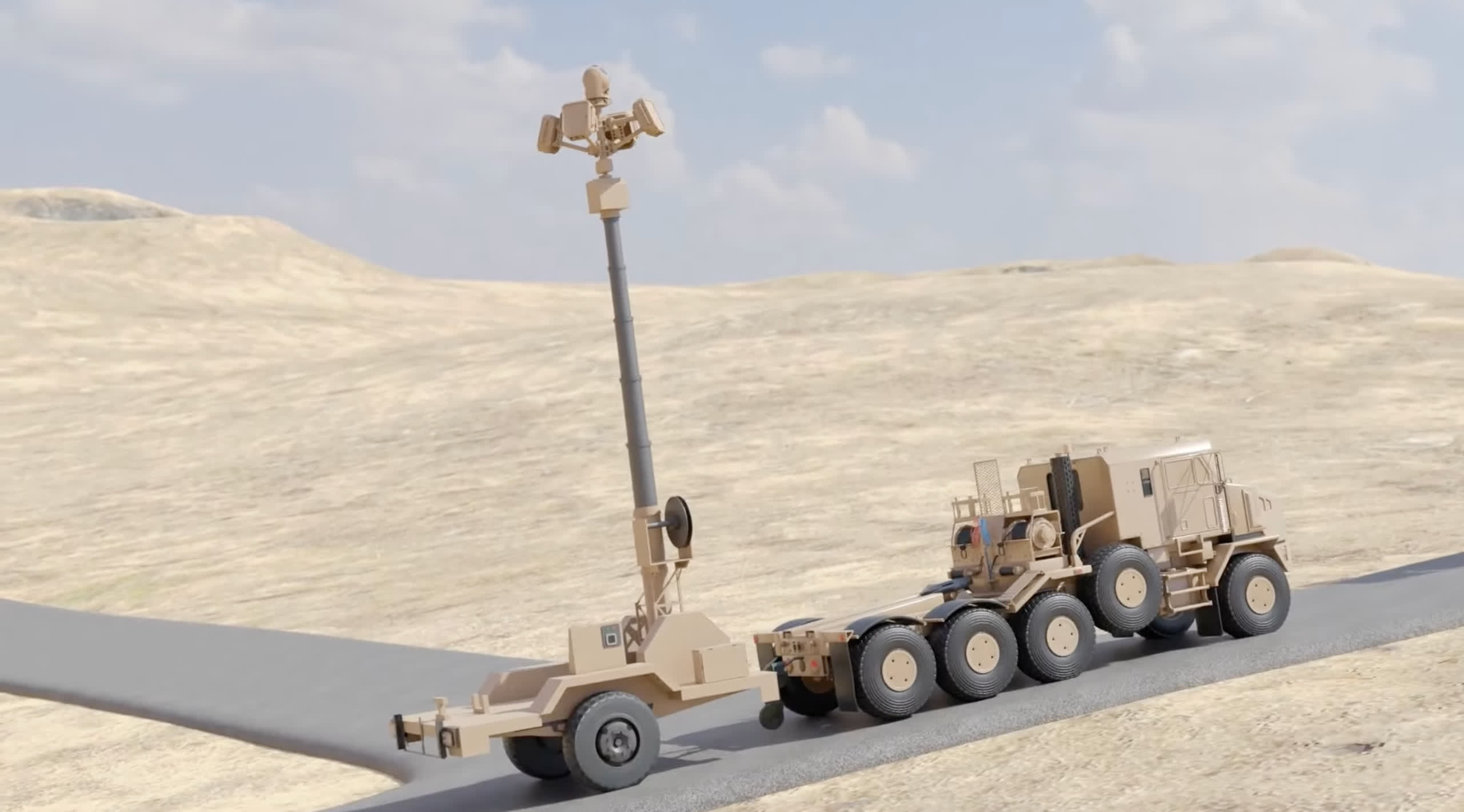Army taps AI to upgrade existing missile systems against drone swarm threats

Serving tech enthusiasts for over 25 years.
TechSpot means tech analysis and advice you can trust.
Why it matters: The US has long utilized large drones, but warfare is evolving, and adversaries are increasingly employing smaller drones. To counter this growing threat, the Army is turning to artificial intelligence and machine learning. Software company Camgian recently secured a substantial $55 million contract to enhance the Army’s existing Integrated Air and Missile Defense systems with advanced kill chain automation technology.
The objective is to enhance sensor survivability while streamlining the kill chain to provide faster, more reliable decision-making. Under the multi-year deal, Camgian will work closely with the Army to integrate its Reactor platform – an AI-powered system trained through reinforcement learning – into the IAMD architecture.
The IAMD is a comprehensive system designed to protect the US and its allies from various airborne threats, including ballistic missiles, cruise missiles, and unmanned aerial systems. Camgian’s Reactor technology aims to automatically provide the optimal engagement solution for defeating drone swarms and aerial attacks. It will quickly offer on-the-move recommendations, assigning the right weapons to the right targets at the right time.

This should reduce cognitive overload on warfighters by providing a tailored course of action for each threat situation. The platform is compatible with multi-modal sensors such as passive RF, acoustics, radar, electro-optics/infrared, and laser range finders. It also integrates with a range of effector systems, both kinetic and non-kinetic.
Camgian CEO and founder Gary Butler stated that winning on today’s battlefield is all about “closing kill chains faster than adversaries,” and that this contract allows the company to work closely with the Army’s IAMD community to deliver new capabilities that enable warfighters to operate at “machine speed.”
On the broader counter-drone front, the Department of Defense held its most challenging demonstration yet. Dubbed “Demo Five,” the June event pitted vendor systems against swarms of up to 50 drones converging on targets in an intense real-world test of sensors, shooters, and AI technology.
It’s fair to say that the increasing focus on drones in recent years highlights how countering them has become a major priority for maintaining US military superiority.


